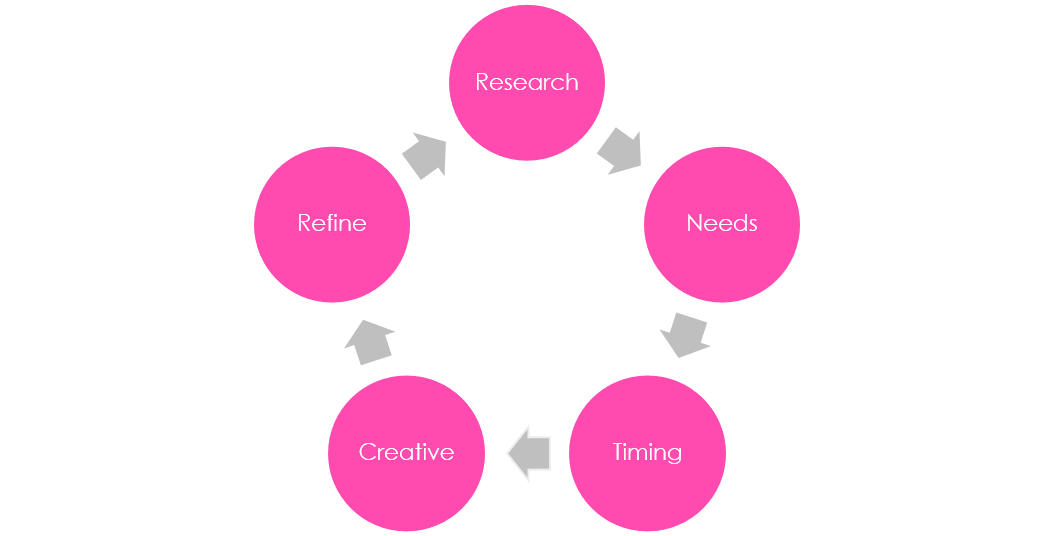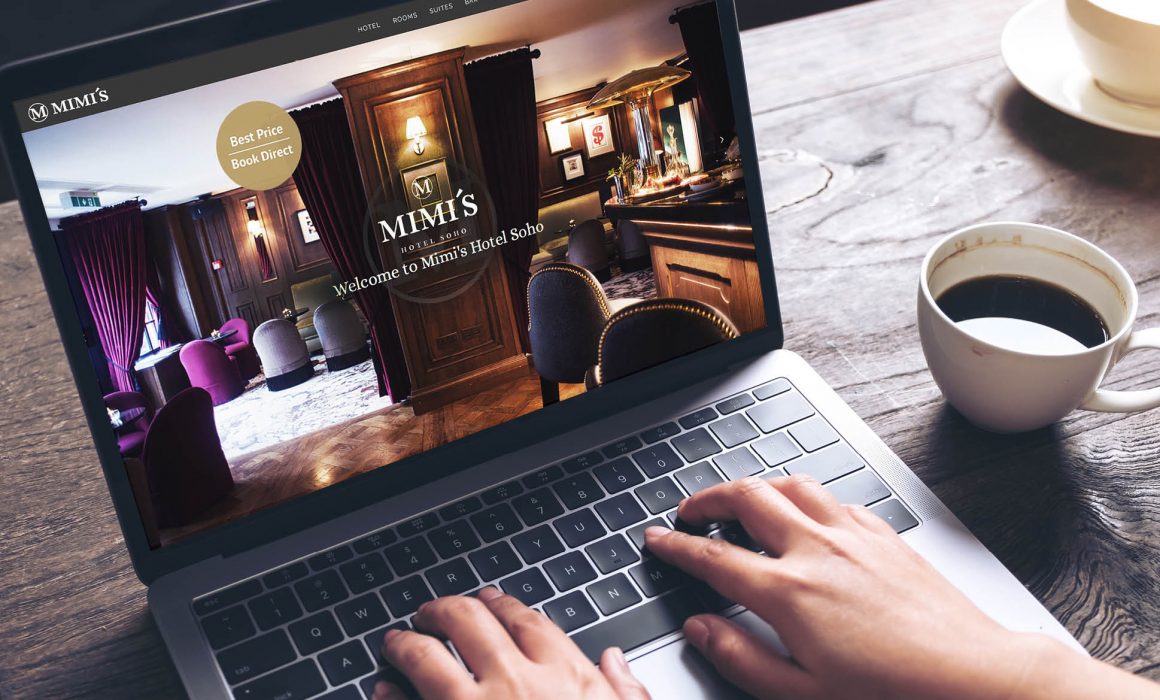What is content design?

Content design is a user-led way of communicating; this simply means looking at needs or problems from the user’s point of view rather than just telling them what you want them to know about your products and services. It’s an evolved and more structured approach to the old maxim that communicating benefits rather than features will get results.
Good content design is a specific and helpful process to ensure your communications, branding and marketing are more effective; it is all about a research led understanding of your stakeholders, what they need and how they want to be spoken to.
Good content creates good experiences
The first thing to get straight is that content design is not just copywriting – and it’s not just about websites and social media, although they are key channels in the overall mix.
Everyone is overloaded with information, so businesses have to find smart ways to connect with customers and create the right impact; treating content design as integral to the overall brand experience is the best way to achieve this.
Looking at it this way is a reminder that content design is relevant at every brand touchpoint in a journey whether that is with customers, employees or any other stakeholders; so having a truly creative approach to user-centric content design that grabs attention and engages, will pay off well.
In addition, to ensure the creative elements hit the spot, there’s a simple content design process (see below) that will tell you what your busy stakeholders need to know, when they need the information and how they like to receive information.
5 steps to create smart content design

Your research will tell you who your users are, their needs and how your organisation can provide the right solution. Your creative content will present the solutions in the most attention-grabbing way possible.
In particular, it will ensure your brand is received in a consistent way – from colours, fonts, imagery and layouts to the emotive tone of voice, practical tips and added value information.
The importance of branded content
For business growth and success, it’s useful to clarify what branded content design is within your overall content marketing and design strategy.
This means creating content that is directly linked to brand identity, allowing consumers to make the connection with the main characteristics of your brand.
6 tips for great brand content
- Focus on brand values, style, personality – not just products and prices.
- If possible, stimulate a reaction and start a conversation.
- Offer insights or added value based on research to engage or entertain users.
- Appeal to emotions rather than rationale.
- Build character with memorable stories that put your unique brand into context.
- Be creative and varied – from games to video to events, social media and more.
- Remember user-generated content can be very effective.
The design team at Deliveroo summarise this well, which you can see on their website.
Incorporating content design into digital and print projects
Following the 5 smart content design steps illustrated above will simplify the job of incorporating content design into all your projects.
1. Research
Set your objectives for the content and identify what and how you need to carry out your research. The goal is to identify what users need to know (The What) and to know why they need to know it (The Why).
2. Needs
Summarise your findings. In addition to current behaviours, website analytics, digital marketing metrics, bespoke research and surveys with your customers, put findings into context with trends, reviews, competitor successes and real-time feedback.
3. Timing
This is where user journeys and mapping come in. Well researched user needs will provide insights into specific needs at key moments in a user’s engagement with your brand which you can map into a journey. Well-designed content at the right time moves them smoothly to the next stage and on to a goal, be it purchase, booking, feedback or enquiry.
A user journey map can be as simple as a list of words on a page, or it can be an intricate set of wireframes. For websites, it is about creating a great UX; however, in all journeys, both offline and online steps are relevant to the total experience.
4. Creative
Finally, it’s time to get creative. You will know from research which channels suit which users and therefore how many different ways your content design needs to be applied – from digital channels to non-digital, PR, events and so on.
With the complete picture at your fingertips you can ensure your messages hit home as long as the creative approach is powerful. A strong, consistent brand message in your brand tone of voice, across multi-channels is needed to impact customers. This is why all the best graphic design practices come into play in content design from arresting images, illustrations, unique graphics and other brand assets to a user-centric tone of voice and emotional appeal.
5. Refinement
A successful brand and marketing communications engage and build lasting relationships with customers and since good relationships are built on mutual benefits, all content design must clearly show the benefits and solutions you are offering.
Content design therefore cannot stand still, it needs constant refinement to stay relevant and effective and the process from research through to creating the message becomes a virtuous circle of research > needs > timing > creative > refinement, however simple the result appears.

As an example, the savvy target customers for Mimi’s Hotel Soho buy location first then hotel vibe, so the user journey is very straightforward and the simple visual led content both online and offline gets great results.
Bringing it all together
In summary – the key principles of effective content design always put users and their needs or problems first; these come before thinking about solutions, format or creating the message itself.
As in all marketing practice, quality of content design is as important as volume; quantity in itself is a dangerous goal since fewer targeted more valuable interactions will always deliver the best ROI. High quality here equates to unique content, with a distinct purpose and desired response; it’s unique content that ranks on Google too.
Finally, the content you create is central to the overall brand experience at every touchpoint which calls for collaboration between content designers and different teams across the business and is a great opportunity for brand-led work which will add value to the business.
We would love to help with your content. Please contact us at hello@imlondon.co.uk or hello@imdubai.ae.



Trackback: order cialis online no prescription australia
Trackback: rush delivery on cialis
Trackback: rx pharmacy coupon
Trackback: publix pharmacy free amoxicillin
Trackback: cheap tadalafil online
Trackback: viagra online american express
Trackback: best otc female viagra
Trackback: female viagra buy online
Trackback: generic viagra without a prescription
Trackback: cost of viagra generic
Trackback: gabapentin strokes
Trackback: flagyl neurotoxicity
Trackback: valtrex complications
Trackback: losing weight on rybelsus
Trackback: what are the side effects of zoloft
Trackback: cheap generic viagra online
Trackback: cefdinir vs amoxicillin
Trackback: flomax and drinking
Trackback: diltiazem side effects
Trackback: cozaar xq
Trackback: brexpiprazole vs aripiprazole
Trackback: celebrex side effects kidney
Trackback: bupropion moa
Trackback: is 450 mg of effexor too much
Trackback: remeron for sleep and anxiety
Trackback: what is protonix for